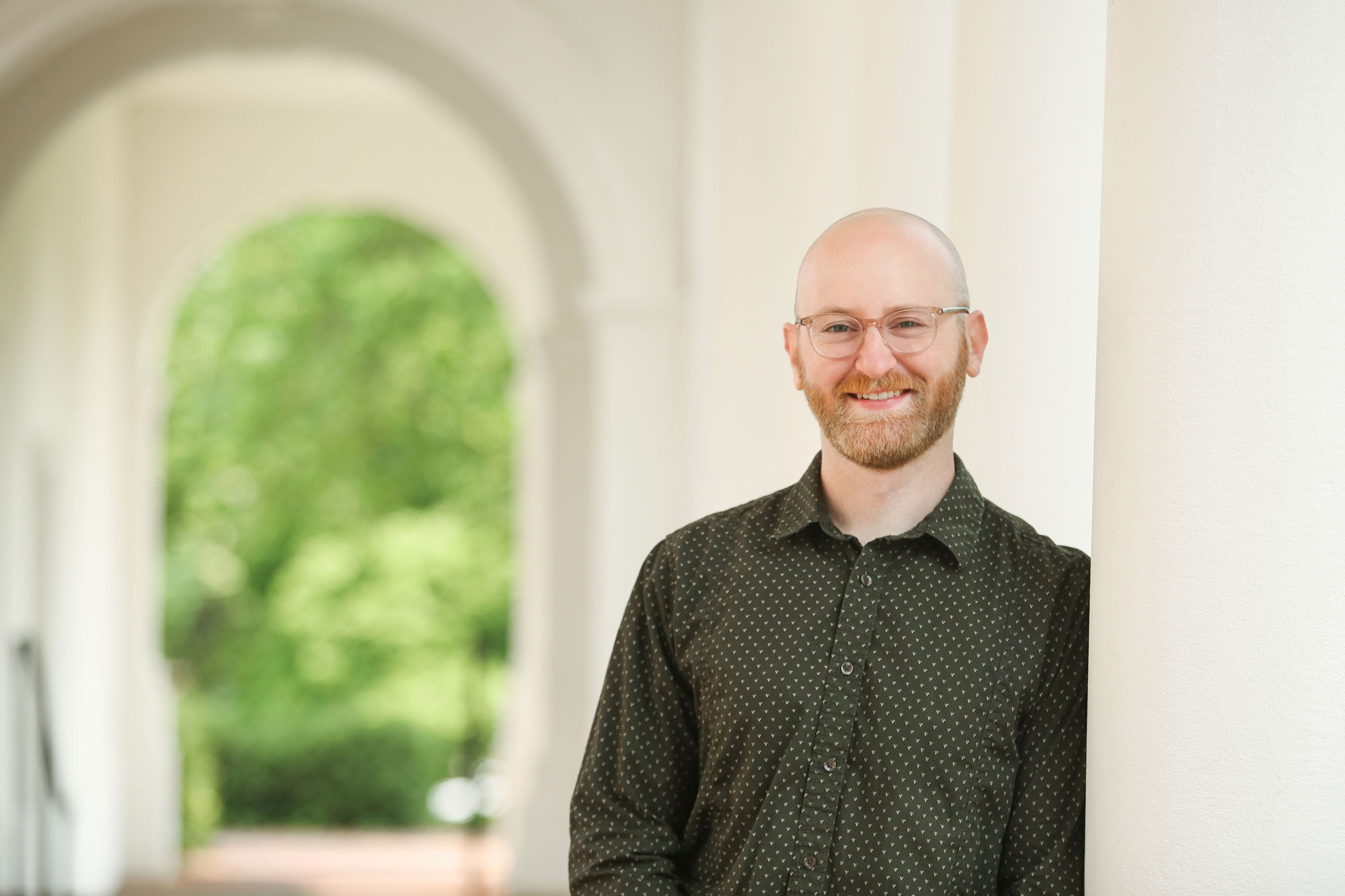New Alzheimer’s research from UVA Health suggests that enhanced light sensitivity may contribute to “sundowning” – the worsening of the disease’s symptoms late in the day – and spur sleep disruptions thought to contribute to the disease’s progression.
The new insights into the disruptions of the biological clock seen in Alzheimer’s could have important potential both for the development of treatments and for symptom management, the researchers say. Caregivers often struggle with the erratic sleep patterns caused by Alzheimer’s patients’ altered “circadian rhythms,” as the body’s natural daily cycle is known. Light therapy, the new research suggests, might be an effective tool to help manage that.
Better understanding Alzheimer’s disease’s effects on the biological clock could also have implications for preventing the disease. Poor sleep quality in adulthood is a risk factor for Alzheimer’s, as our brains, when at rest, naturally cleanse themselves of amyloid beta proteins that are thought to form harmful tangles in Alzheimer’s.
“Circadian disruptions have been recognized in Alzheimer’s disease for a long time, but we’ve never had a very good understanding of what causes them,” said researcher Thaddeus Weigel, a graduate student working with Dr. Heather Ferris of the University of Virginia School of Medicine’s Division of Endocrinology and Metabolism. “This research points to changes in light sensitivity as a new, interesting possible explanation for some of those circadian symptoms.”












